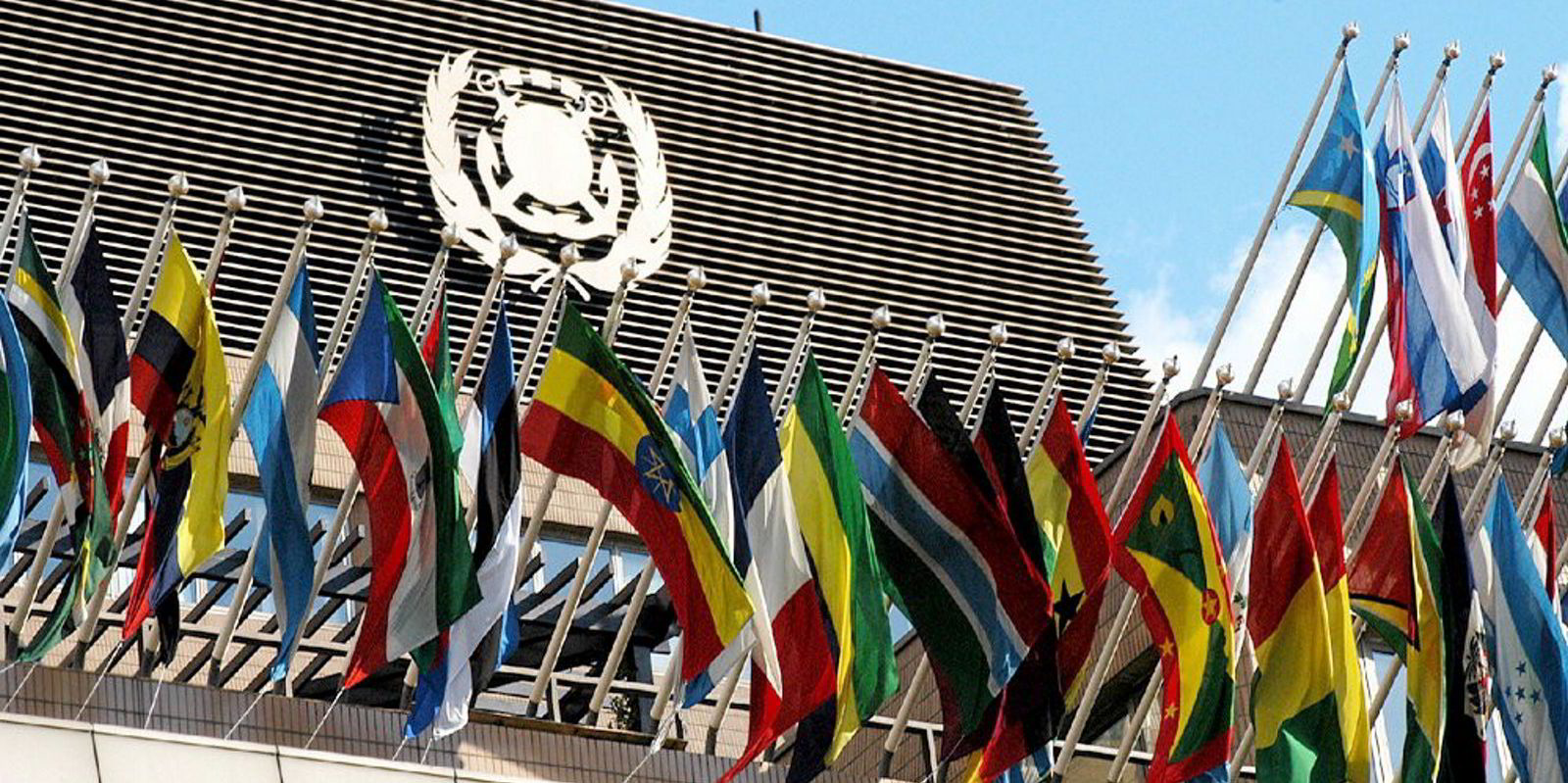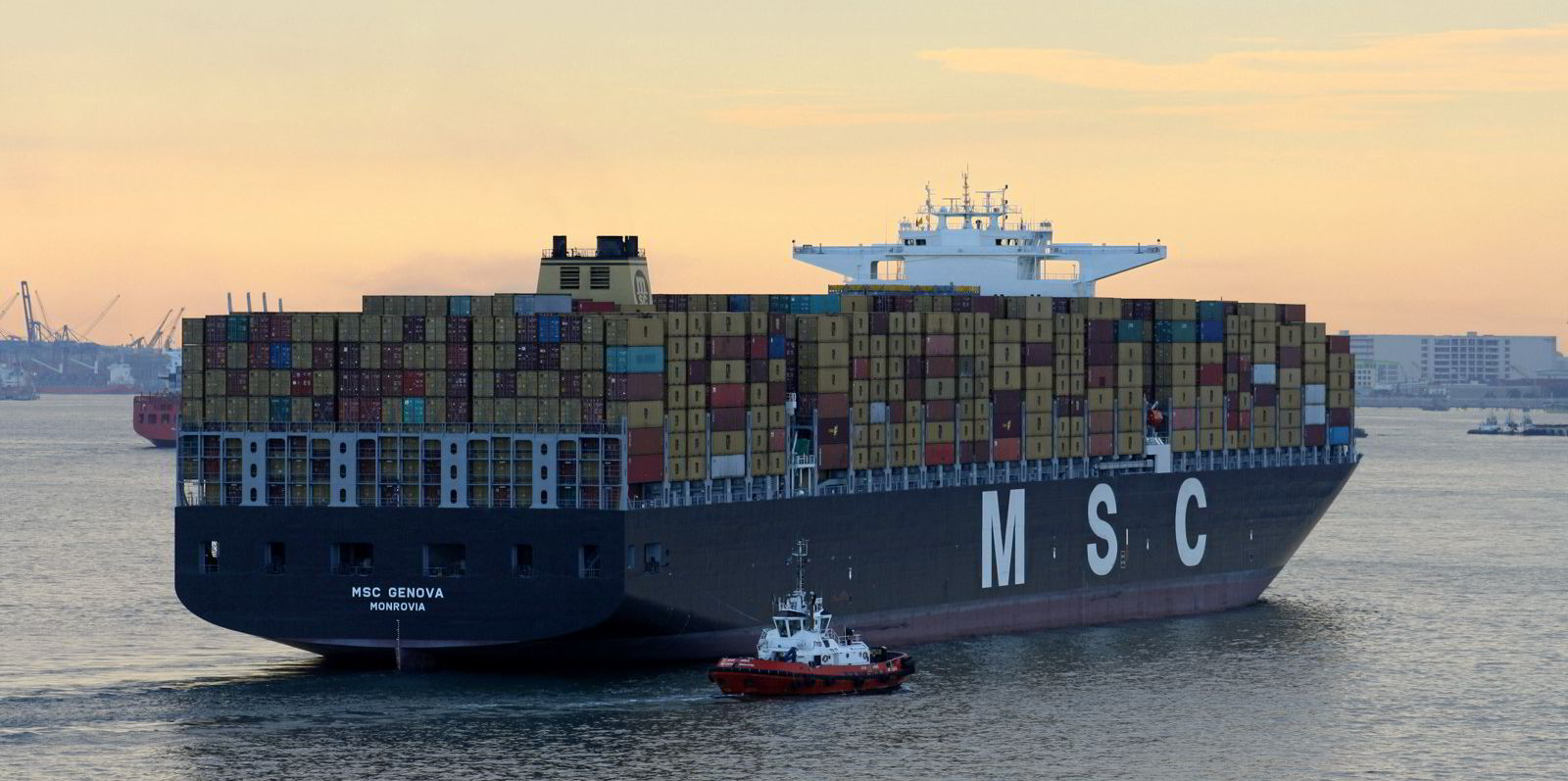A coalition of flag states and industry associations is renewing its call for correction factors to be added to the Carbon Intensity Indicator (CII) regulation to account for the negative impact of short voyages and waiting times on ratings.
In a paper to be presented at the upcoming International Maritime Organization’s Marine Environment Protection Committee (MEPC), the group has gathered data revealing that a ship’s CII rating is likely to be determined more by its operating profile than its technical fuel efficiency.
The move comes less than two months before ships will be required to begin a mandatory assessment and rating of their operating efficiency as part of measures to cut shipping’s carbon emissions.
As the clock ticks down on the regulation, there is increasing concern that even fuel-efficient ships will score poorly on their CII ratings if they have extended downtime, or operate on short voyages with more frequent port calls.
Liberia, Bahamas, Bimco, the International Chamber of Shipping, the World Shipping Council, Intertanko and Interferry have put their names to the call for the IMO to add some form of correction factors that will account for the flaws.
The paper leans heavily on the findings of a report drawn up by the Blue Sky Maritime Coalition that found that seven tankers — built as sister ships with identical technical specifications — showed a huge variance in CII rating between A and E depending on their operating profile.
Those that had extended downtime, or operated on shorter voyages with more frequent port calls, came out the worst.
“The study highlights some significant factors that affect the CII rating, for which no correction or adjustment is afforded, and over which the shipowner or operator has no control,” the paper’s sponsors argued.
It further argued that glitches in CII could even result in encouraging higher emissions. “If ships are penalised for undertaking short sea passages, there is a risk of a modal switch to road transport. On a per tonne/mile basis shipping is a more fuel-efficient mode, and hence switching would result in increased CO2 emissions,” it said.
The paper’s backers have also come up with additional data on the performance of the container ship fleet.
Waiting time
In an analysis of 700 container ships, the report found that because of increased port waiting time 34 box ships were downgraded from D to E, 27 from C to D, 17 ships from B to C and eight from A to B.
The IMO has shown little appetite for adopting correction factors, despite mounting evidence suggesting that the CII regulation is well wide off the mark when it comes to estimating ship operating fuel efficiency.
And it seems unlikely that the upcoming MEPC meeting this December — which will be focused on revising the IMO’s decarbonisation target — will have the time to update the CII regulation at the last minute.
At a previous meeting, the IMO rejected 13 out of 23 proposed correction factors, including ones that took account of short voyages and waiting time.
Instead, it is calling for industry associations and member states to collect data on the early years of the CII regulation, to be completed by January 2026, ahead of a planned review of the regulation.





